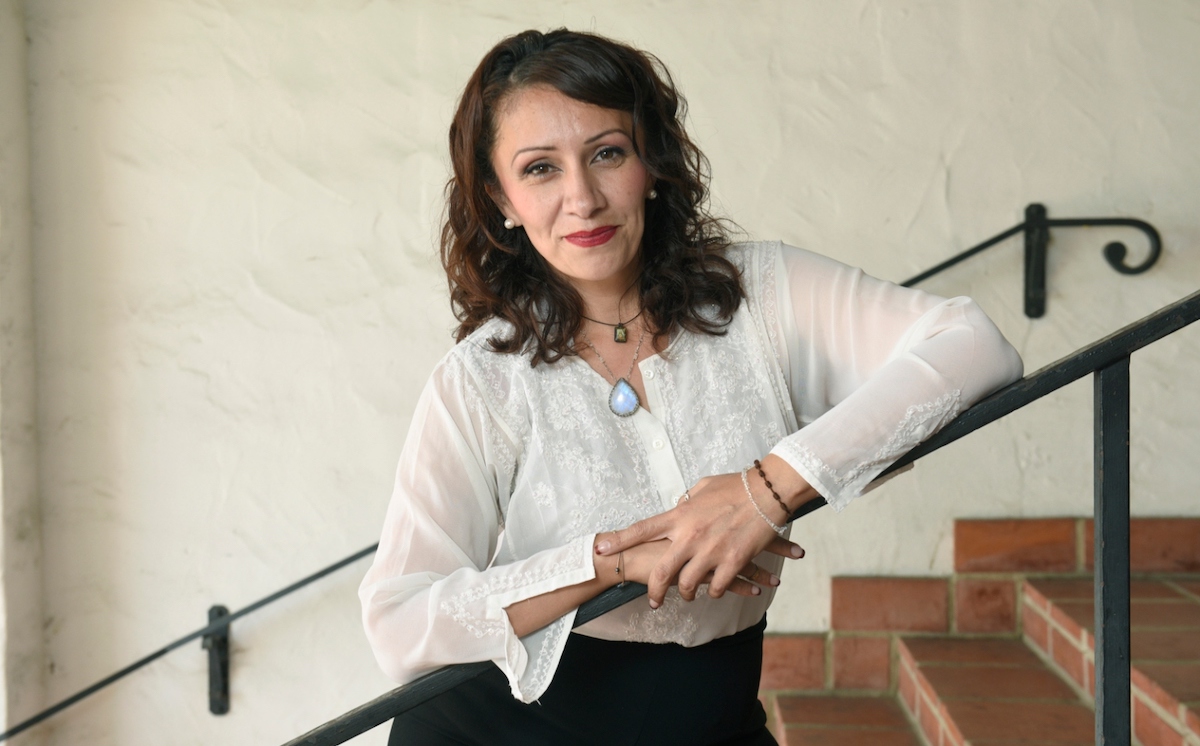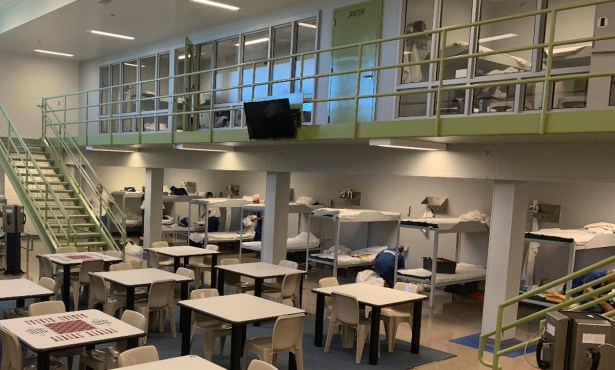Goleta’s District 3 Election in Play
Issue Draws Proponents for 2022 Timing and 2024 Presidential Power

As the City of Goleta grows into its second decade, it’s splitting into four electoral districts, but the timing of the vote for those districts brought some new voices to the City Council’s fifth session on the issue. Notable by their presence on Thursday were Jacqueline Inda, a member of the District Election Committee that threatened to sue the city if it failed to implement the election of councilmembers by district, and Justin Shores, who ran for Goleta council in 2020.
A presidential year election has an increased power of the vote, Inda said, and the agreed-upon stipulation to the lawsuit inferred that an election in the majority-minority districts — those in which a majority of residents were members of minority groups — would take place in such a year. Only one district fits that description: Old Town’s District 2, which is home to two councilmembers whose terms end in 2022 and 2024. The next closest would be District 3 in the city’s northwest quarter, which is 60 percent white. Though District 3 is home to Mayor Paula Perotte, who represents the city at large, it lacks a resident councilmember.

Inda explained in a conversation with the Independent on Friday that having both of those districts vote in a presidential election year would be important for first- and second-generation voters: “They really crank out the vote during a presidential race,” she said, and reach more people through the buzz and excitement of a presidential campaign. In the current plan, District 2 will vote in 2022 and District 3 in 2024.
Former city council candidate Justin Shores had a different take. Shores — who lives in District 3 — told the councilmembers that if no member of the council lived in District 3, then its seat should be in the running in 2022 so that it would have representation. Shores later told the Independent that the way the district vote was currently staggered looked to him like the council was “protecting the incumbents.”
Sign up for Indy Today to receive fresh news from Independent.com, in your inbox, every morning.
On Thursday, Assistant City Attorney Winnie Cai noted that the state’s Elections Code discusses staggering the various elections so that an entirely new slate of councilmembers didn’t all take office at one time. As well, allowing councilmembers to finish their terms respected the will of the voters who chose them for a four-year period, she said.
The council chose Plan 701 as the optimal way to form districts based on population and area affinities, and the District Election Ordinance will be heard March 1. Elections in the districts containing councilmembers whose terms end in 2022 — District 1 in the city’s northeast quadrant and Old Town’s District 2 — take place November 8, 2022; districts 3 and 4 elections will be in November 2024.
In response to the implied criticism that the District Election Committee members had not spoken up before this fifth meeting, Inda said on Friday that they’d been following the process and staying neutral, helping with outreach, and were supportive of what the city was doing. “The council reached out and had a good dialogue with our committee, and with [plaintiff] Lindsay [Rojas],” Inda said. A focus on the 2024 election, she said was the last little bit they hoped to achieve “in a subject that impacts all our lives in the long run.”
She added that she and her committee were impressed that Goleta had started its outreach to the community before the 2020 Census was completed. “They have all worked very diligently on this process,” she said, organizing the Public Engagement Commission in 2017, setting up neighborhood flyers and sidewalk signboards for information and updates, and making an effort to make contact with the community personally. “No one else established an outreach commission,” she said. “Most of the other cities didn’t start a dialogue until after the Census came out.”
As far as getting both districts 2 and 3 into the 2024 election: “If it doesn’t happen, it doesn’t happen,” she said.
Support the Santa Barbara Independent through a long-term or a single contribution.




You must be logged in to post a comment.